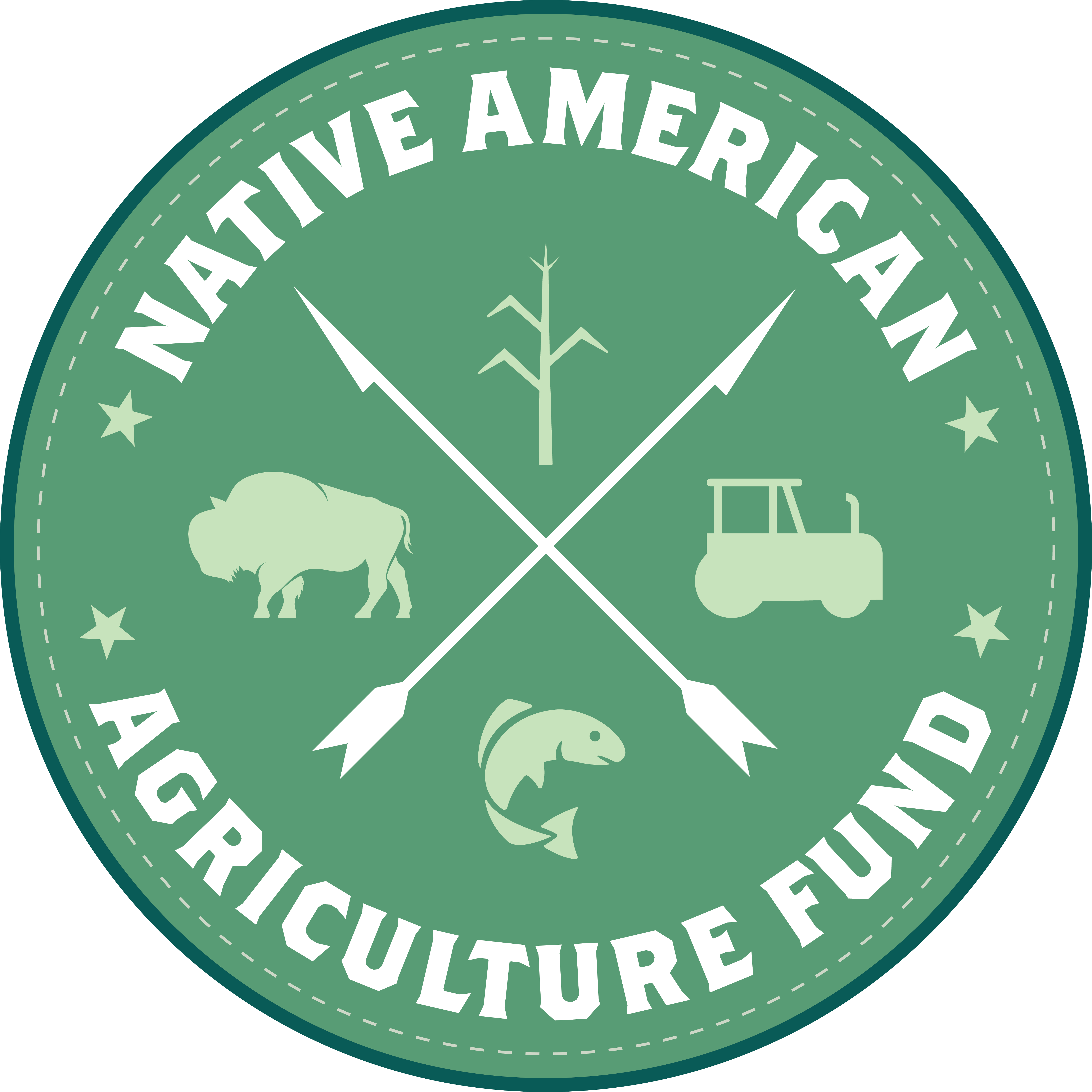$10 Million Invested to Expand Economic Opportunities for Native American Farmers and Ranchers
$10 Million Invested to Expand Economic Opportunities for Native American Farmers and Ranchers
September 16, 2024
The Native American Agriculture Fund (NAAF) announces that $10 million in grants have been awarded to Tribes, non-profits, educational institutions, and community development financial institutions serving Native American farmers and ranchers. NAAF is in its sixth year of grantmaking, reaching $76 million since the first funding cycle in 2019, impacting more than 450 distinct projects across Indian Country.
NAAF’s announcement of 35 new grant projects impact Native American farmers, ranchers, fishers, harvesters, and community producers across more than 80 Tribal nations through education and technical assistance, community-centric and cultural models of economic development, loans and scholarships, and various other projects that increase access to capital.
The 2024 grant awards include:
- $1,148,203.54 for Tribes
- $2,369,103.75 for Nonprofit 501(c)3 Organizations
- $873,819.35 for Educational Organizations
- $5,608,873.36 for Community Financial Development Institutions (CDFIs)
Of the $10 million awarded, NAAF allocated funding for specific projects focused on CDFI’s and Native CDFI’s, as well as climate and regenerative agricultural practices. The additional capital resources for CDFI’s went to grow and empower agriculture lending capacity and directly support growers and producers. To adapt to the needs of tribal producers, funding was also available to be used to assist producers or Tribal communities with their engagement in climate-related agricultural practices and disaster mitigation.
- $1,200,000 for Climate and Regenerative Agricultural Practices
- $799,200 for Additional CDFI and Native CDFI Support
“Over the past five years of grantmaking, additional capital resources that support Native farmers and ranchers continue to create lasting solutions that will reinforce efforts to address barriers and help producers thrive. Grant projects can create more access to capital not only by direct financial opportunity but also by building an ecosystem where Native producers have equitable resources to fully participate in the food supply chain and contribute to the long-term economic success of their tribal communities,” says Toni Stanger-McLaughlin (Colville), CEO of the Native American Agriculture Fund.
One NAAF grantee, Akiptan, Inc., supports Native producers as a community development financial institution. Akiptan’s Executive Director, Skya Ducheneaux (Cheyenne River Lakota), says, “Knowing the creation of Akiptan is a direct result of the Keepseagle v. Vilsack case makes receiving these funds so humbling. By being able to provide patient capital to producers, we are able to be the solution all the claimants were hoping for. We are looking forward to being able to provide loans, equity grants, conservation assistance, and succession planning opportunities for producers.”
As a first-time grantee of NAAF, Wambli Ska Society dba Sacred Storm Buffalo will use NAAF funding to build localized food infrastructure and train Native youth in buffalo production, processing, and traditional harvesting. Chris White Eagle of Wambli Ska Society dba Sacred Storm Buffalo says, “Bringing bison back to our land is more than a job. This is a way of life. At our most recent event, we were able to provide over 6,000 pounds of bison, feeding over 1,900 families in the Rapid City area, and that’s what it’s all about. We want our kids to learn this trade and see the impact that they can have so they can continue feeding our people for generations to come.”
Another first-time NAAF grantee, Dził Ditł’ooí School of Empowerment Action and Perseverance (DEAP School), will focus its project on expanding access to agricultural education. Kayla Dawn Begay of DEAP says, “This [grant] opportunity is such a beautiful way to strengthen the connections between our young people and the land while also creating pathways for them to explore careers in agriculture and food sovereignty. We are so excited about how this will impact not only student lives but also the community as a whole.”
To learn more about the unique projects supporting Native American farmers and ranchers throughout Indian Country, view the list of 2024 grantees.
###
